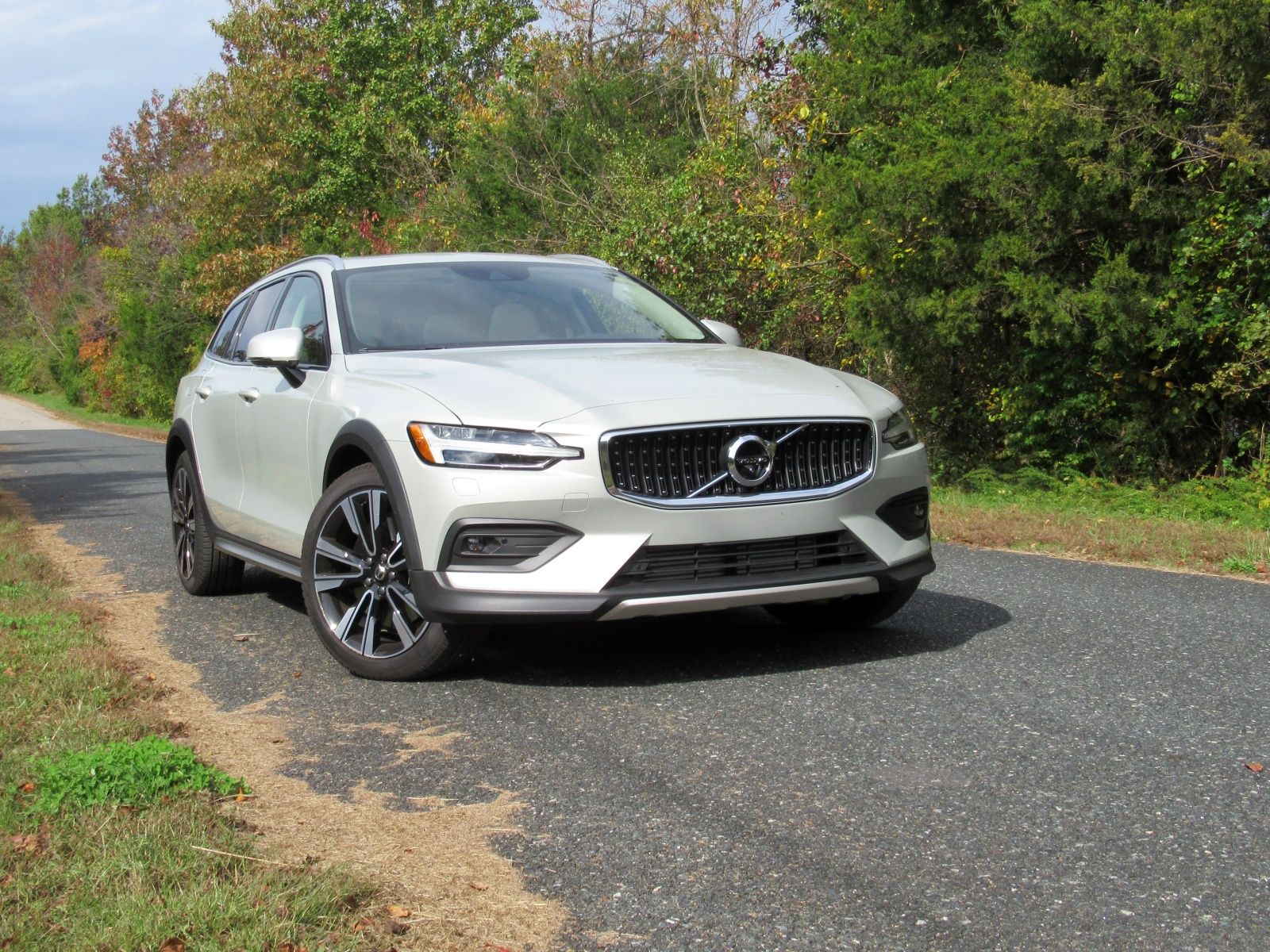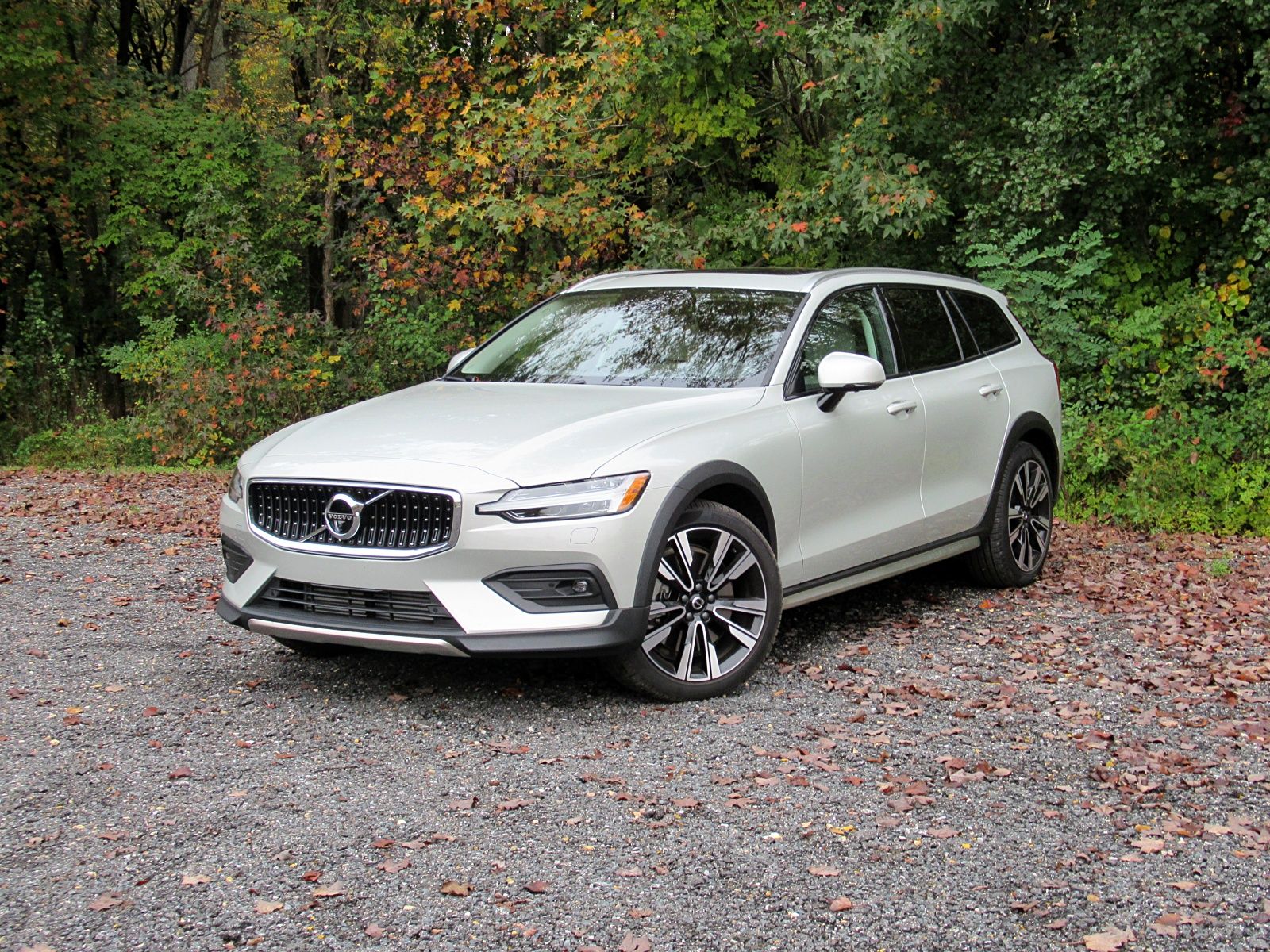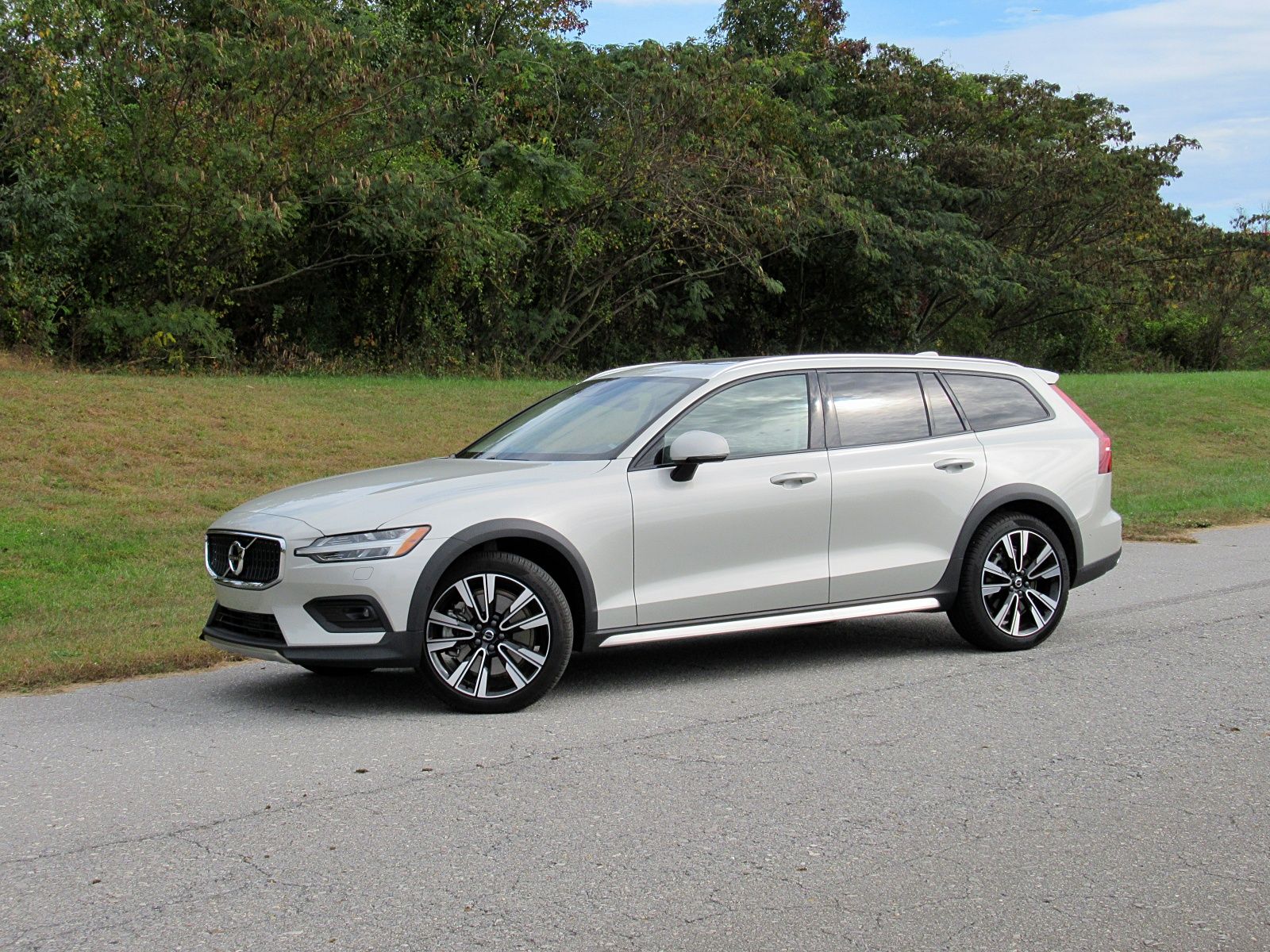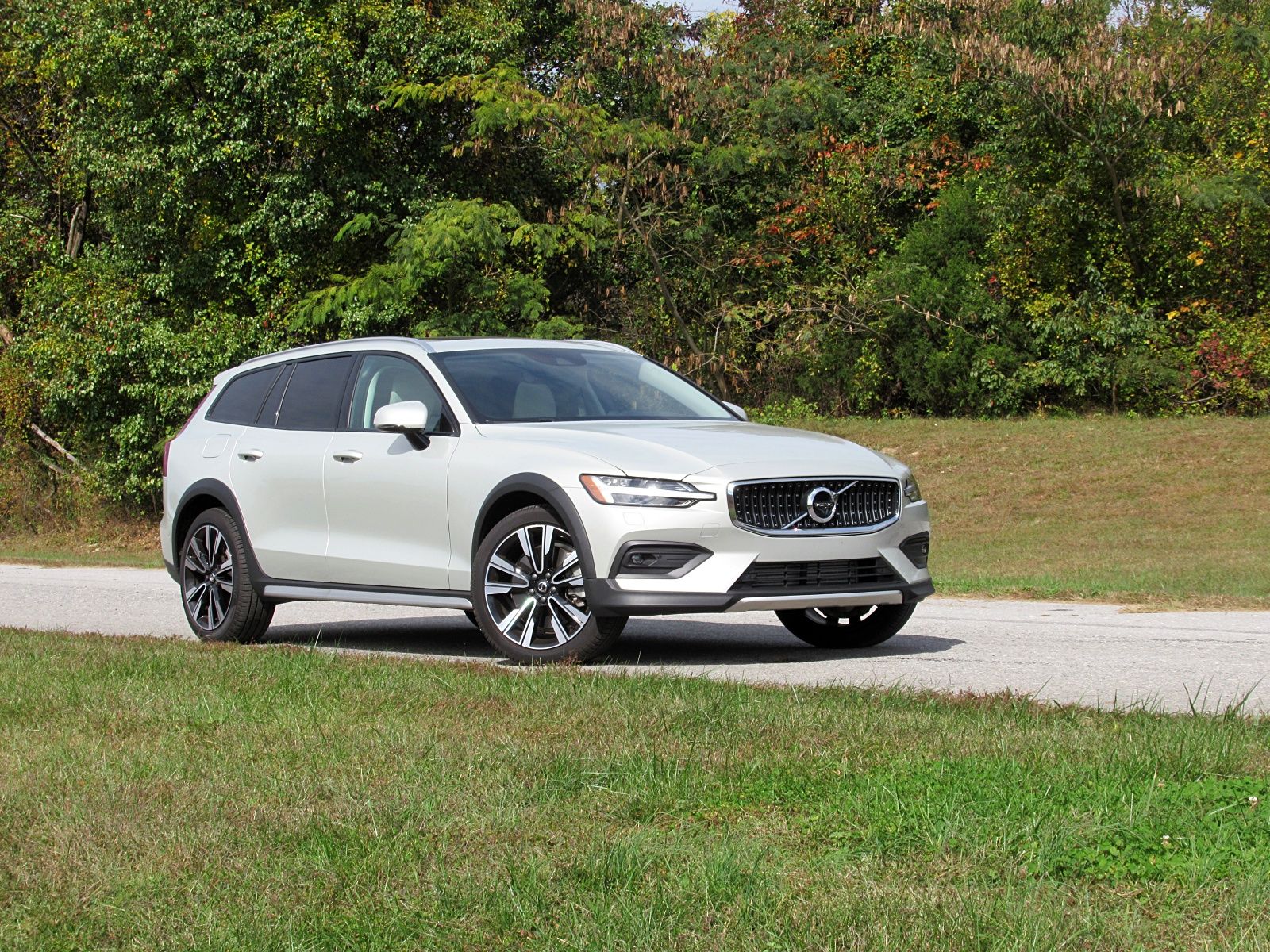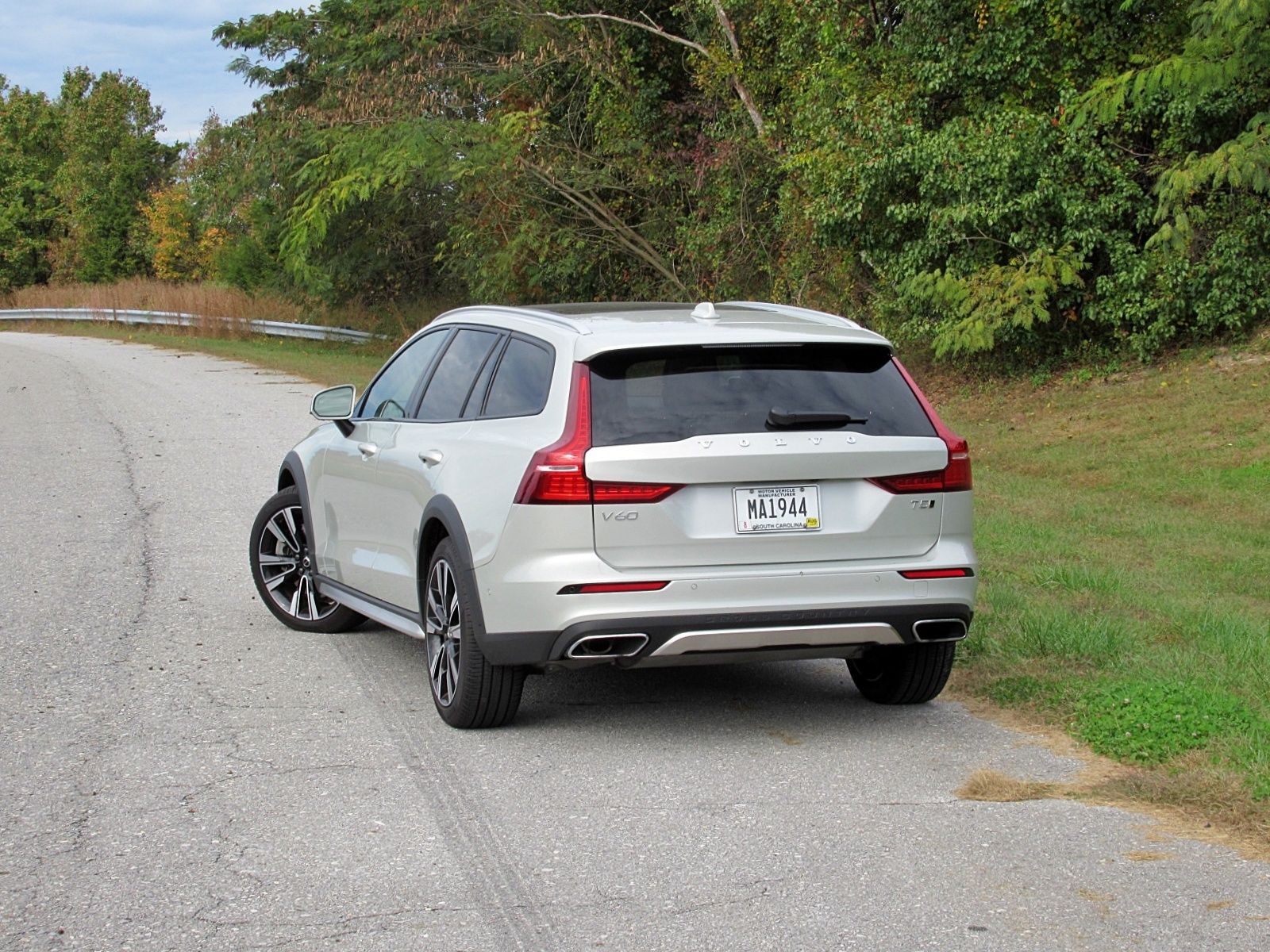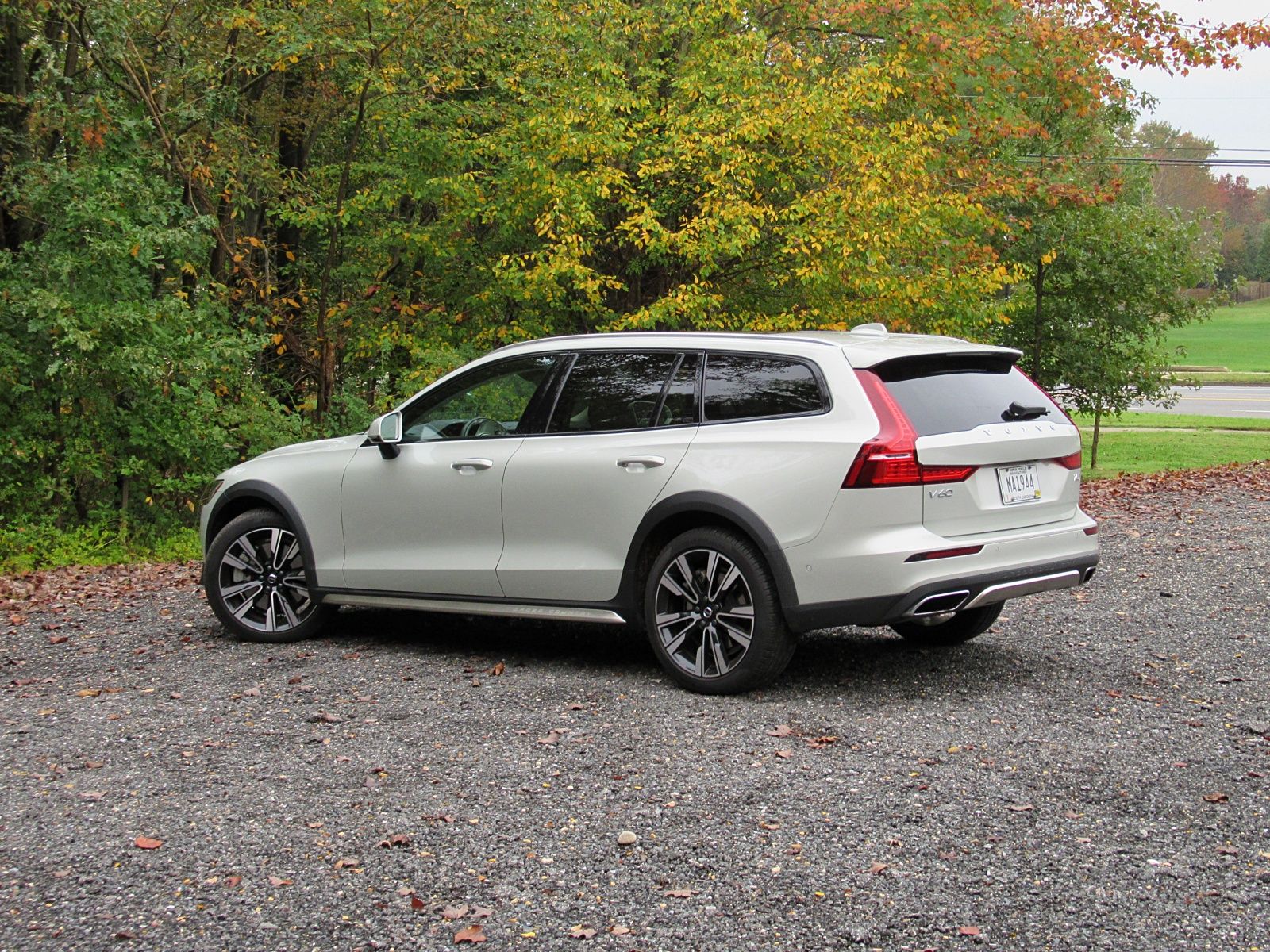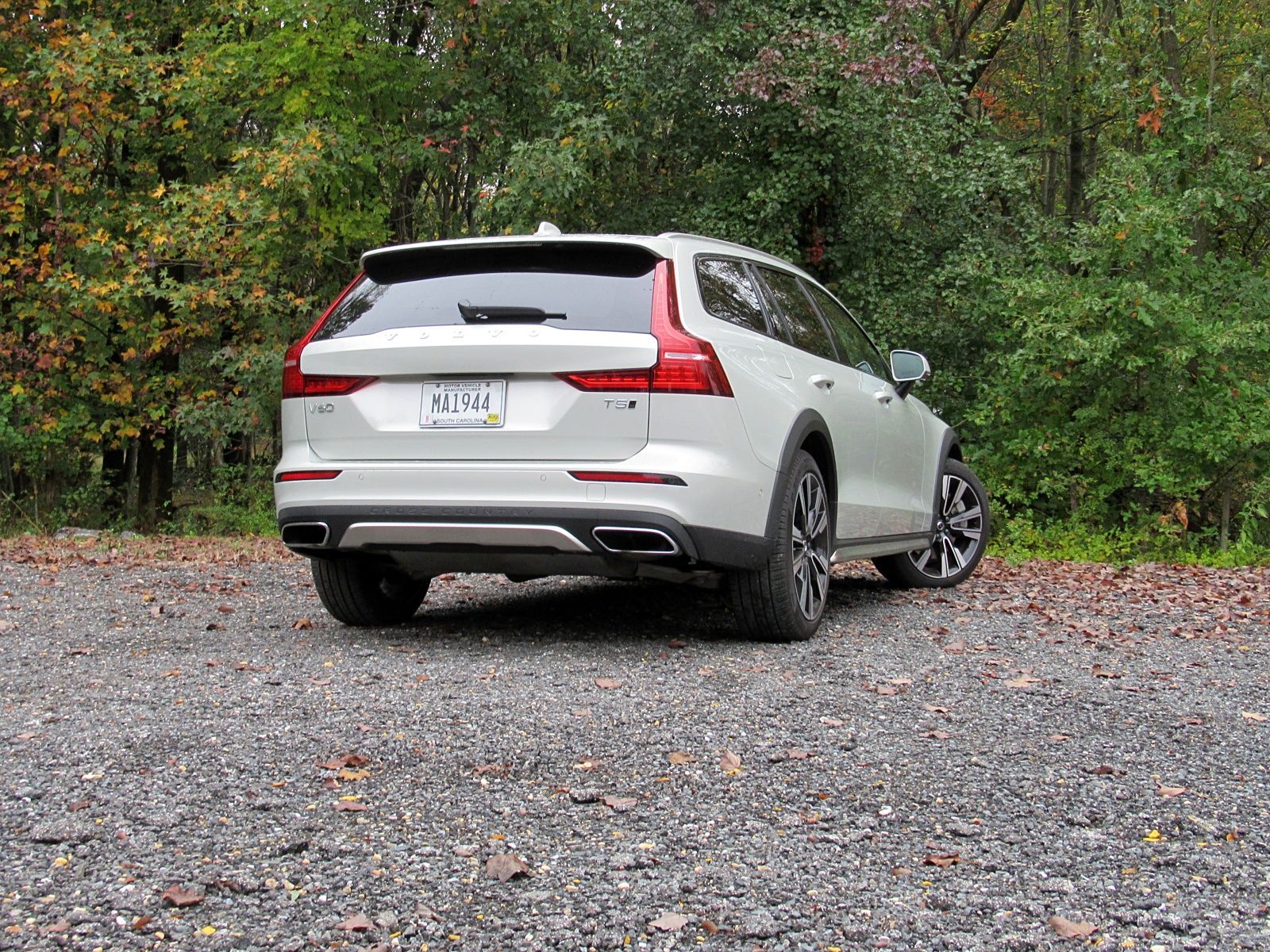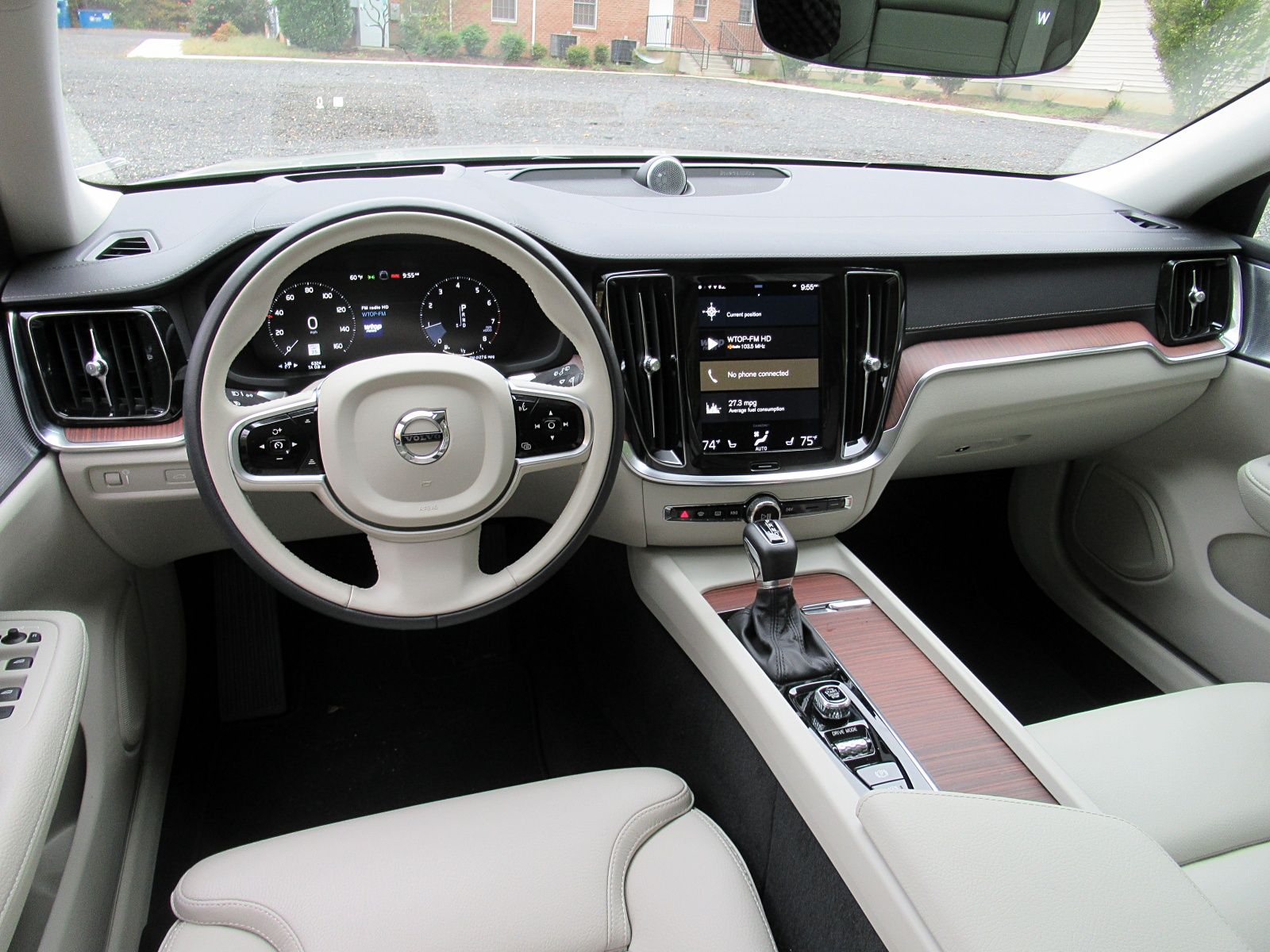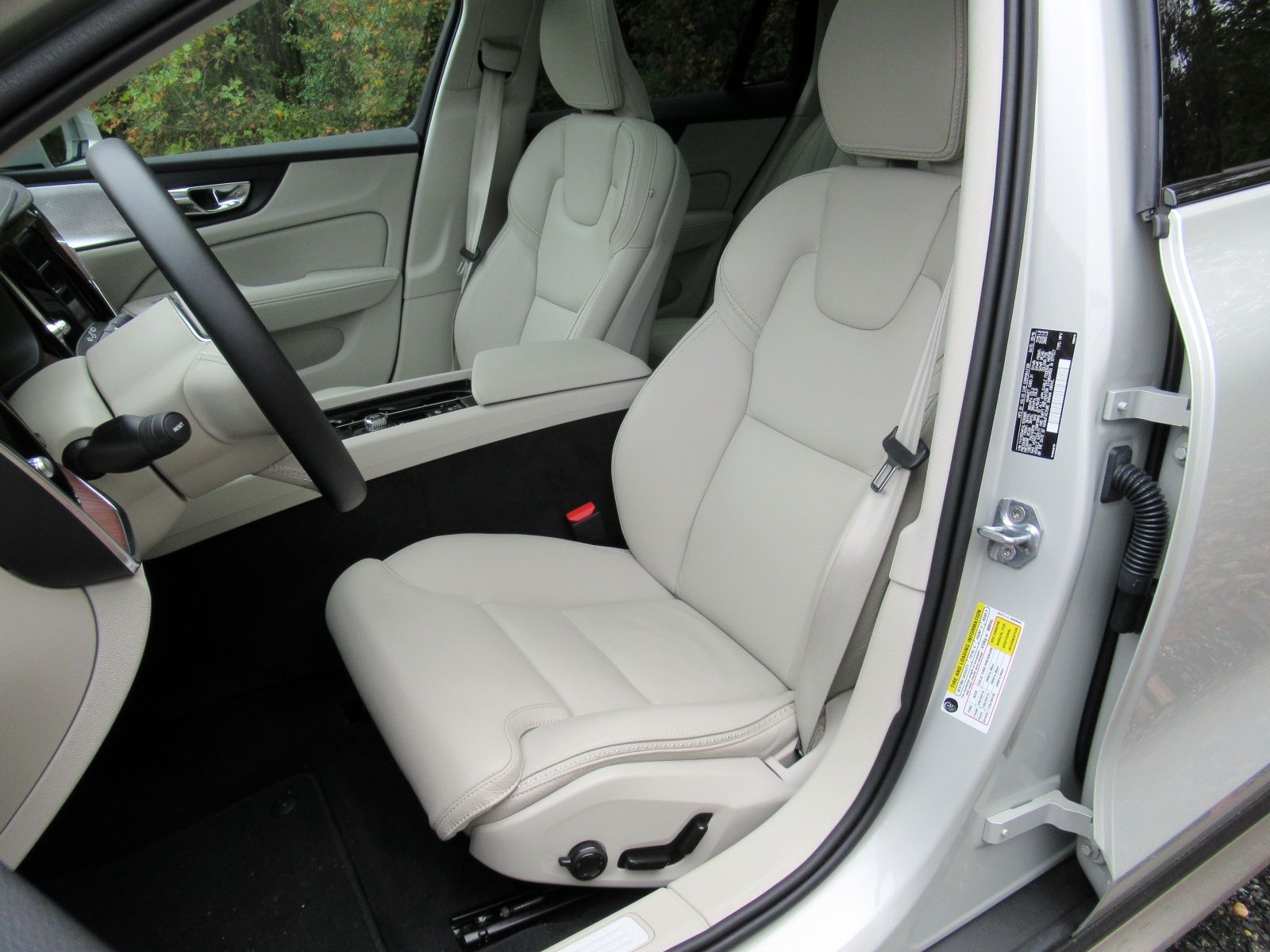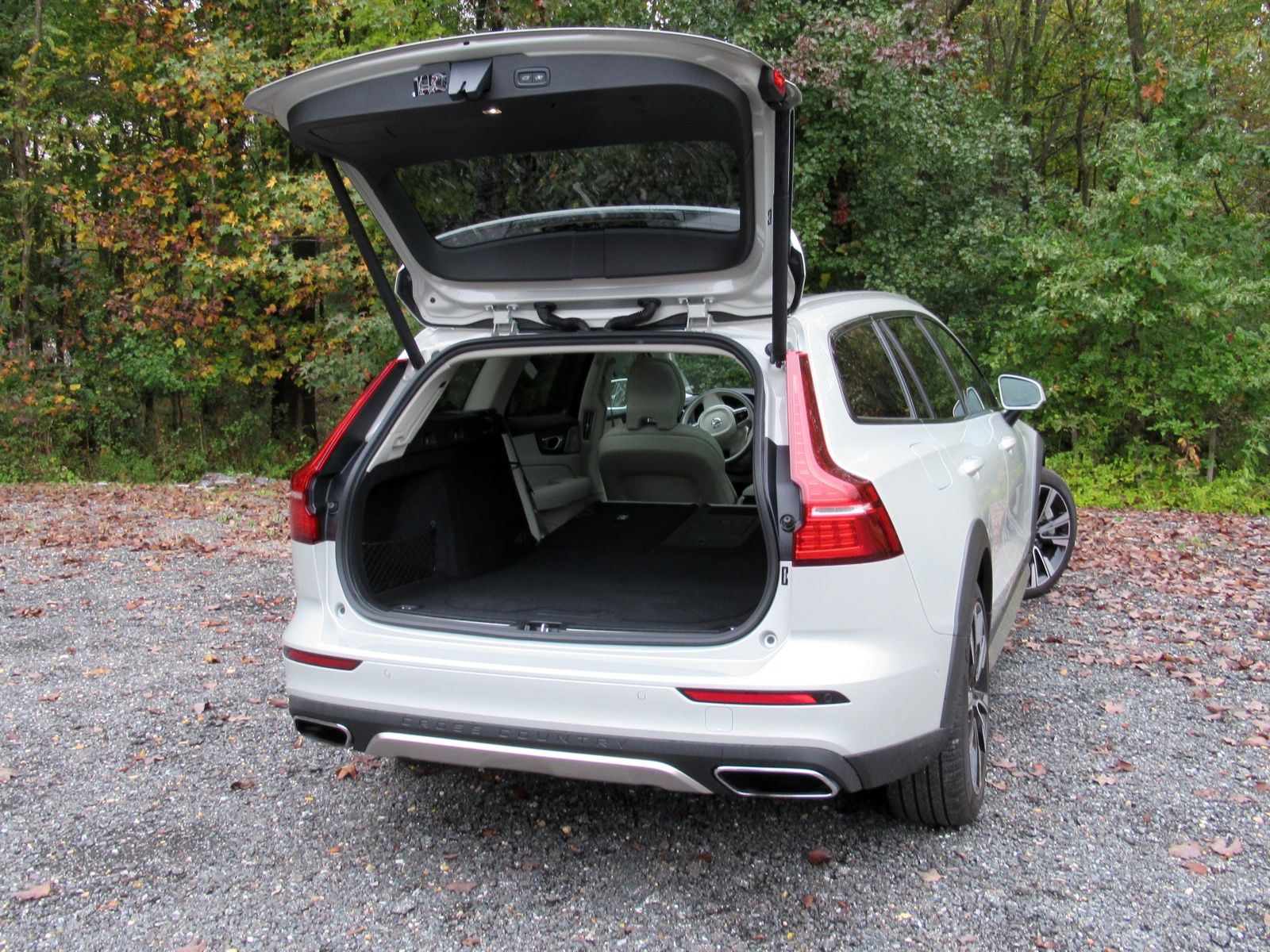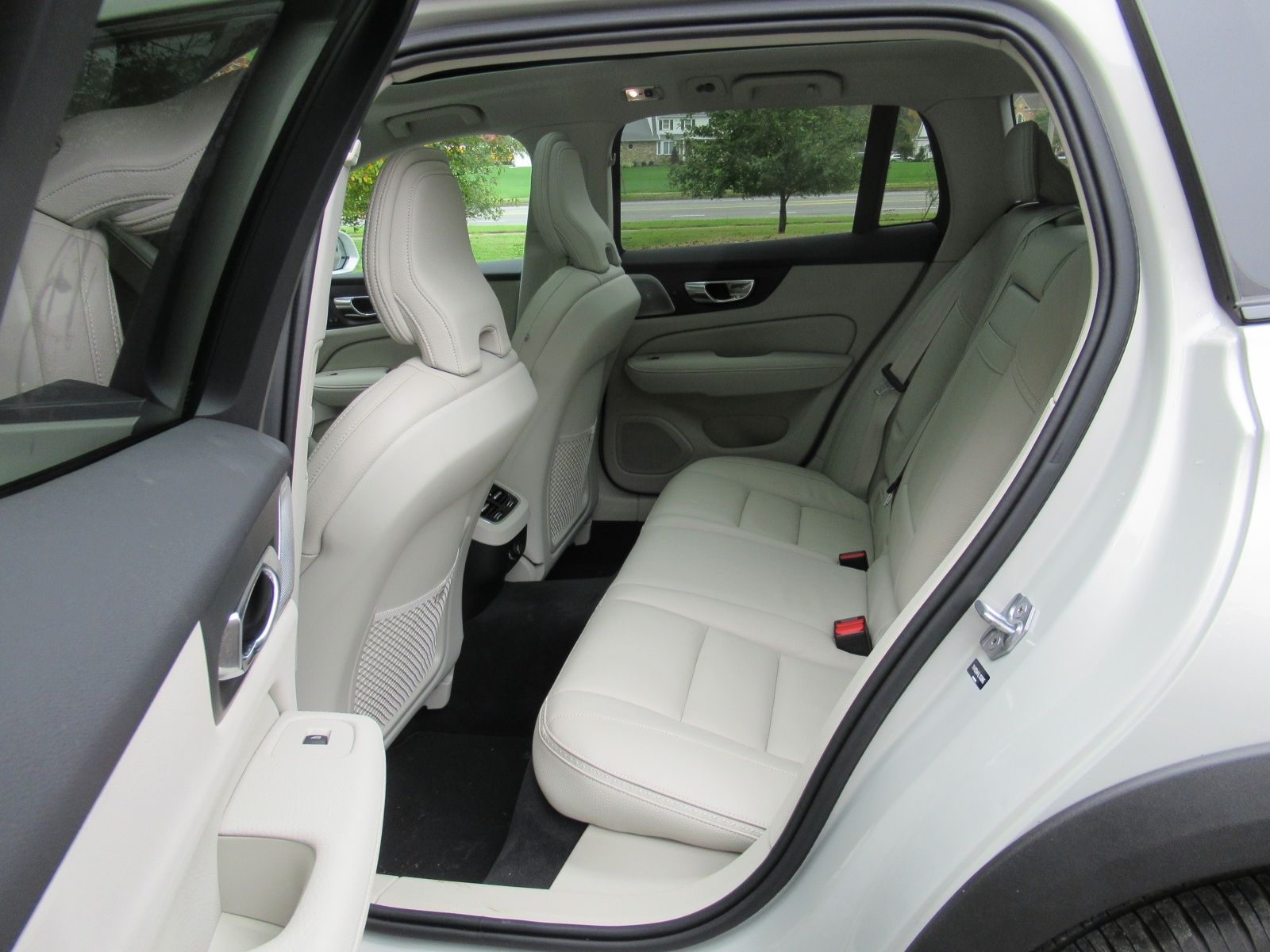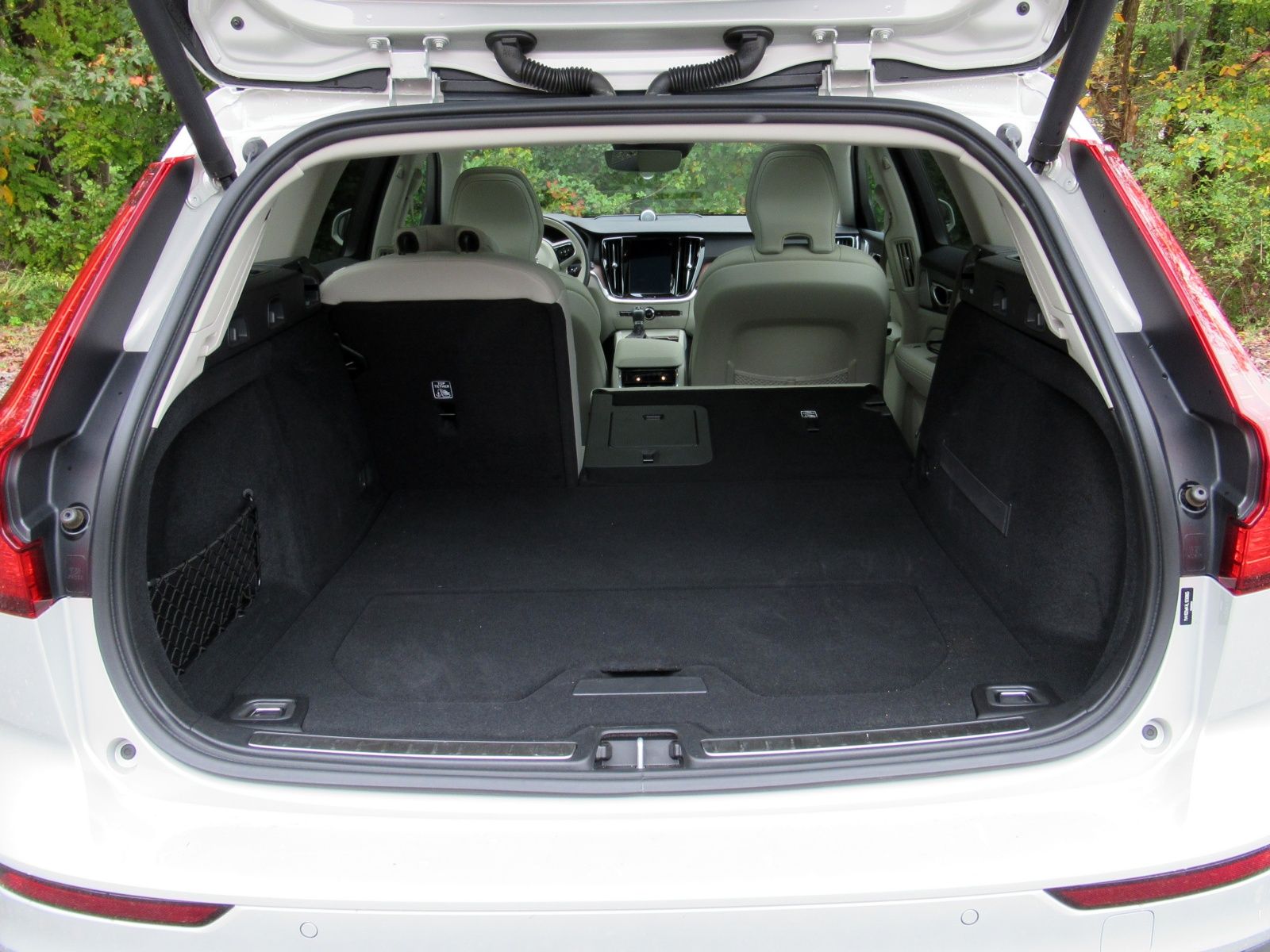It’s almost ancient history now, but the Volvo station wagon spent years as a staple of upscale families. Luxurious without being ostentatious, known for its safety, and able to carry plenty of cargo, it was a fixture at field hockey practice — at least until SUVs took over that mantle. Even in the Volvo lineup, the station wagon is an afterthought next to the XC40, XC60, and XC90 crossovers.
But is that because SUVs are better than station wagons? Or are wagons unfairly overlooked and deserving of more attention? Volvo does still sell two wagons: the compact V60 and the midsize V90. We spent a week with the Volvo V60 Cross Country to see what a Volvo station wagon has to offer in this decade.
2021 Volvo V60 Cross Country - Driven
- Make: Array
- Model: 2021 Volvo V60 Cross Country - Driven
- Engine/Motor: inline-4
- Horsepower: 250
- Torque: 258
2021 VOLVO V60 CROSS COUNTRY - DESIGN
In the early days of luxury crossover SUVs, Volvo introduced the Cross Country variant of its station wagons in 1998. Compared with the company’s ’98 V70 wagon, the Cross Country (originally called XC) brought a slightly higher ground clearance, some extra body cladding, and standard all-wheel-drive. In those days, Volvos were still boxes on wheels, a design scheme Volvo walked away from a few years later.
Volvo’s latest design language straightens out the curves and hunched-forward stance that had made the previous-generation V60 (sold from 2015 to 2018) look more like a hot hatch than a family hauler. Every V60, like the S60 sedan it’s based on, is cleanly handsome and elegantly understated. They share a fairly vertical front end with rounded-off rectangles for headlights — split by a horizontal “Thor’s hammer” light bar — and a concave grille. The V60’s roof slopes slightly down toward the rear of the car, which is not dead-vertical like Volvos of yore. But this is more like a soapbox than a bar of soap. And vertical taillights going up the sides of the big rear windshield are a carryover cue from the 1990s.
Today’s V60 Cross Country sports a crossover-like 8.3-inch ground clearance, 3 inches more than the standard V60. It wears a light dose of black plastic cladding, along with exclusive grille and wheel designs. But this is still a sport sedan with more cargo room, no SUV. For comparison, the equivalent Volvo crossover, the XC60, is 6 inches taller than the V60 Cross Country despite near-identical ground clearance.
Volvo V60 Cross Country exterior dimensions
|
Lenght |
188.3 inches |
|---|---|
|
Wheelbase |
113.2 inches |
|
Height |
59.2 inches |
|
Width |
74.5 inches |
|
Front track width |
64.9 inches |
|
Rear track width |
64.3 inches |
|
Ground clearance |
8.3 inches |
It’s high-tech without being sterile, cossetting luxury without being old-fashioned. The infotainment system is no longer a wonder like it was five years ago, with competitors offering steadily bigger screens, but Volvo has at least been quietly increasing the system’s speed under the hood. And it supports both Apple CarPlay and Android Auto smartphone integration. The center console’s cupholders are on the small side, squeezed next to the shifter, drive-mode selector, engine start switch, and electronic parking brake. But otherwise, the cabin design has few faults.
2021 VOLVO V60 CROSS COUNTRY - COMFORT AND UTILITY
Many car enthusiasts like to argue that crossovers are all about style and image, while good old-fashioned station wagons are about sensible utility. The V60 disagrees. Even though it’s aesthetically boxier than before — presenting the style and image of all-business practicality — interior space actually trails many similarly sized crossovers.
Our test vehicle’s seats were well-shaped, magnificently upholstered, and widely adjustable. There’s plenty of room and a pleasant driving position, with a decent-sized rear windshield though pinched over-the-shoulder visibility. Moving to the back seat, Volvo’s family-friendly focus presents itself with easily accessible LATCH anchors for child seats; they’re behind little flip-up covers rather than buried in the seat cushions.
But the V60 is not a terribly roomy car. Rear legroom measures 35.2 inches, nearly 3 inches less than the slightly shorter Volvo XC60 crossover and more than 4 inches less than a Subaru Outback. In practice, this means two adults can sit in the back with their knees up, or that kids will feel cozy though not squished. Our test vehicle did include the luxury of four-zone climate control, though the rear controls challenged our rear passenger with unnecessary steps.
Volvo V60 Cross Country interior dimensions
|
Headroom front/rear |
37.4 / 38.1 |
|---|---|
|
Shoulder room front/rear |
56.1 / 54.5 |
|
Hip room front/rear |
55.3 / 53.4 |
|
Leg room front/rear |
42.3 / 35.2 |
For cargo, the V60 provides 23.2 cubic feet behind the rear seat and 50.9 cubic feet in total. The cargo hold is decently deep and regularly shaped, but neither wide nor tall. This is a small sedan with extra cargo room, not a true SUV rival. The XC60, which isn’t as long as the V60 and puts more emphasis on rear legroom, actually has a little less cargo space behind the rear seat (22.4 cubic feet) but far more once you put the seat down (63.3 cubic feet). While space on the floor does tend to be more useful than an SUV’s extra height, the V60’s low roof means it can’t easily swallow bulky cargo. Towing capacity is 2,000 lbs, competitive with some small SUVs.
Compared with the standard V60, the Cross Country sits higher off the ground but has the identical body. You sit higher off the ground, but just as low within the car. For better or for worse, there’s no SUV feel despite the SUV-like ground clearance.
2021 VOLVO V60 CROSS COUNTRY - DRIVING EXPERIENCE
Like the S60 it’s based on, this isn’t an extra-vigorous pulse-rising vehicle, but this wagon drives with impeccable composure and effortless power. Compared with the XC60, everything feels tauter and more controlled, without giving up comfort. It’s extra-easy to drive, with super-light steering when you need to twirl the wheel in a parking maneuver, and a perfect relationship among the throttle, engine, and transmission. The steering firms up naturally as you pick up speed, and the V60 hustles along with aplomb. The Cross Country’s extra ground clearance didn’t mar its agility, and our test vehicle’s big 19-inch wheels failed to destroy the ride quality.
Of course, XC60 aside, some excellent SUVs aren’t far behind the V60 for their driving experience, and some are even more overtly sporty. A station wagon isn’t your only choice if you want both cargo space and driving pleasure, as crossovers like the Alfa Romeo Stelvio, BMW X3, and Porsche Macan gleefully prove.
Most Volvos are offered with a choice of three powertrains and a choice of front- and all-wheel-drive. The V60 is more limited, a consequence of its low sales volume. Nearly every V60, and every Cross Country, uses a turbocharged 2.0-liter four-cylinder engine that makes 250 horsepower and 258 lb-ft of torque. Volvo calls this engine its T5.
Volvo V60 Cross Country specifications
|
Engine |
turbocharged 2.0-liter four-cylinder |
|---|---|
|
Horsepower |
250 HP @ 5,500 RPM |
|
Torque |
258 LB-FT @ 1,500-4,800 RPM |
The standard V60 T5 is sold only with front-wheel-drive, while the Cross County has all-wheel-drive standard. A plug-in hybrid version, previously called T8 and now known as Recharge, makes a mightly 415 hp and isn’t offered with the Cross Country; it brings all-wheel-drive but not the higher ground clearance.
At the pump, the front-drive V60 T5 gets an EPA-estimated 23 mpg in the city, 34 mpg on the highway, and 27 mpg combined. The AWD Cross Country drops to 22 mpg city, 31 mpg highway, and 25 mpg combined. That’s in line with similarly powerful compact crossovers.
The Recharge can travel up to 22 miles solely on electricity per charge, and then averages 30 mpg combined once that range is used up. All models use premium fuel.
Volvo offers a choice of drive modes in the V60: the default Comfort, extra-efficient Eco, and the sportier Dynamic. We found the Eco to dull the throttle too much for our tastes, but Comfort and Dynamic are less willing to activate the vehicle’s smooth start-stop function and switch off the engine while you wait at a red light. The Cross Country adds an Off Road mode, which reprograms the AWD system and activates its hill-descent control.
2021 VOLVO V60 - PRICING
That’s a T5 engine, front-wheel-drive, and the Momentum trim level. Standard features include high-end finishes like genuine leather upholstery and genuine wood trim, the 9-inch touchscreen, a 10-speaker sound system, a hands-free power liftgate, and a comprehensive set of safety features except for adaptive cruise control, which is part of a $1,700 option. The only luxury “basic” that’s missing is heated front seats, which cost $750 when bundled with a heated steering wheel and heated windshield washers. From there, upgrade to either the R-Design or the Inscription for $46,400, bringing either sportier or more luxurious styling cues, Nappa leather upholstery, a Harmon Kardon 14-speaker sound system, and rear climate control.
The Cross Country starts at $45,450 with similar equipment to the Momentum, but with all-wheel-drive, the higher ground clearance, and the Off Road driving mode. The Recharge plug-in hybrid, also with all-wheel-drive, starts at $67,300 but comes with more standard features than other V60 models. Its buyers are also eligible for a $5,419 federal tax credit.
For comparison, the Volvo XC60 crossover is about the same size and about the same price as the V60 wagon. Its T5 Momentum version starts at $41,700 with front-wheel-drive and $44,000 with all-wheel-drive. Unlike the V60, it’s available with the 316-hp T6 powertrain for a $3,500 premium, making the XC60 quicker if not as agile.
2021 VOLVO V60 CROSS COUNTRY IN A NUTSHELL
For all its appeal, the 2021 Volvo V60 Cross Country demonstrates why crossovers are still dominant. Even in its quasi-SUV trappings, this wagon simply doesn’t have the utility and spaciousness that have everyone flocking toward taller, roomier vehicles, to say nothing of the higher seating position that many of them love.
If you appreciate a fine-driving vehicle and prefer sitting lower, though, the V60 has a lot to offer. You get the driving experience of a sports sedan, plus the ground clearance and most of the cargo space of an SUV. The V60 Cross Country compares closely with the Audi A4 Allroad but not much else. (Audi doesn’t sell a lower-cost, front-drive equivalent to the standard V60.)
Overall, the V60 makes an argument for why the luxury station wagon niche should continue to exist — but not that it should be more than a small niche. Practically speaking, there’s little reason not to choose any station wagon over an equivalent sedan; you get a similar driving experience and seating position, but a big cargo hold instead of an enclosed trunk. But when practicality rather than an interest in sleek sedan style is control, it will continue to skip past the wagon altogether to one of many well-executed crossover SUVs.

